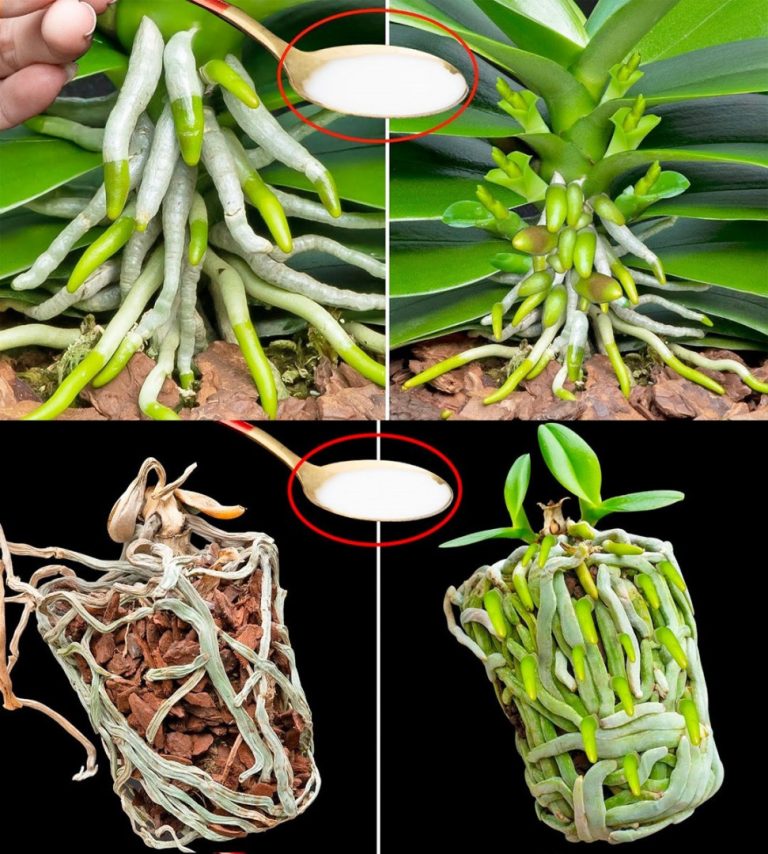ADVERTISEMENT
Humidity : Maintain a humidity level of 50-60%. Use a saucer filled with water or a tray of pebbles under the plants to increase humidity, or mist them daily.
Fertilization : Fertilize regularly during active growth and reduce during maturity and dormancy.
Pests and Diseases : Watch for scale insects and aphids. The garlic solution mentioned earlier can be an effective natural remedy.
Repotting : If your orchid stops flowering despite care, consider repotting it every two years to allow for root growth.
Pruning Orchids After Flowering

Proper pruning is crucial for orchid care after flowering.
Here’s what to keep in mind:
Healthy Stems : Cut firm, green stems using clean, disinfected pruning shears or blades.
Dead Stems : Prune back any wilted, yellow or brown stems at the base to encourage root growth. By following these guidelines, you can enjoy the beauty of your orchids for many years to come. Choosing natural fertilizers like garlic is also an economical and environmentally friendly alternative to chemicals.
